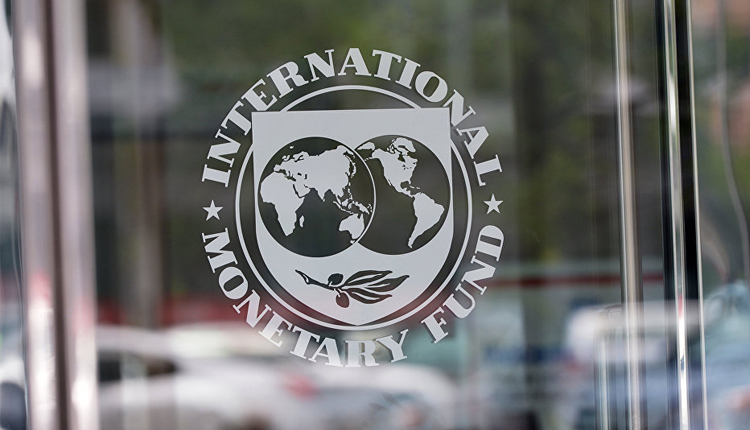The adoption of new, digital payment methods could bring significant benefits to customers and society such as improved efficiency, greater competition, broader financial inclusion, and more innovation, according to a new IMF research paper.
But such methods could also create risks to financial stability and integrity, the effectiveness of monetary policy, and competition standards, according to the research.
“Adoption of new forms of money will depend on their attractiveness as a store of value and a means of payment. While many stablecoins continue to be claims on the issuing institution or its underlying assets, and many also offer redemption guarantees at face value (a coin bought for 10 euros can be exchanged back for a 10-euro note, like a bank account), government-backing is absent,” reads the post on the IMF blog, entitled Digital Currencies: The Rise of Stablecoins.
Stablecoins are a form of cryptocurrency that are pegged to a stable asset to minimise their volatility.
The research recommends that trust be generated privately by backing such coins with safe and liquid assets..
Stablecoins are attractive as a means of payment due to their low costs, global reach, and speed which are actually huge potential benefits. Moreover, stablecoins could allow seamless payments of blockchain-based assets, and can be embedded into digital applications thanks to their open architecture, as opposed to the proprietary legacy systems of banks, according to the research.
The risks they create, however, need innovative and collaborative methods to be put in place by policymakers around the globe.
“First, banks may lose their place as intermediaries if they lose deposits to stablecoin providers. But banks are not sitting ducks. They will surely try to compete by offering their own innovations (and higher interest rates). Also, stablecoin providers could recycle their funds into the banking system, or decide to engage in lending by extending deposits themselves.
In short, banks are unlikely to disappear,” the post says.
Second, according the IMF, new monopolies could arise, as tech giants could use their networks to shut out competitors and monetise information, using proprietary access to data on customer transactions. New standards are needed for data protection, portability, control, and ownership. And services need to be interoperable to facilitate entry.
The third point the post makes is that weaker currencies could face threats. In countries with high inflation and weak institutions, local currencies might be shunned in favour of stablecoins in foreign currency. This would be a new form of “dollarization” and might undermine monetary policy, financial development, and economic growth.
As countries are forced to improve their monetary and fiscal policies, they will have to decide whether to restrict foreign-currency stablecoins.
Fourth, stablecoins could promote illicit activities. Providers must show how they will prevent the use of their networks for activities like money laundering and terrorist financing by enforcing international standards.
New technologies offer opportunities to improve monitoring, however supervisors will need to adapt to the more fragmented and geographically diverse value chain of stable coins, according to the report.
Furthermore, stable coins could provoke the loss of “seigniorage,” where central banks capture profits from the difference between a currency’s face value and its manufacturing cost. Issuers could siphon off profits if their stablecoins do not carry interest but if the hard currency backing them earns a return.
Stable coins therefore present as many conundrums as they do potential benefits—and policymakers would be wise to envision far-sighted regulatory regimes that will meet the challenge and to be able to deal with, according to the blog post.
Source: Ahram Online


